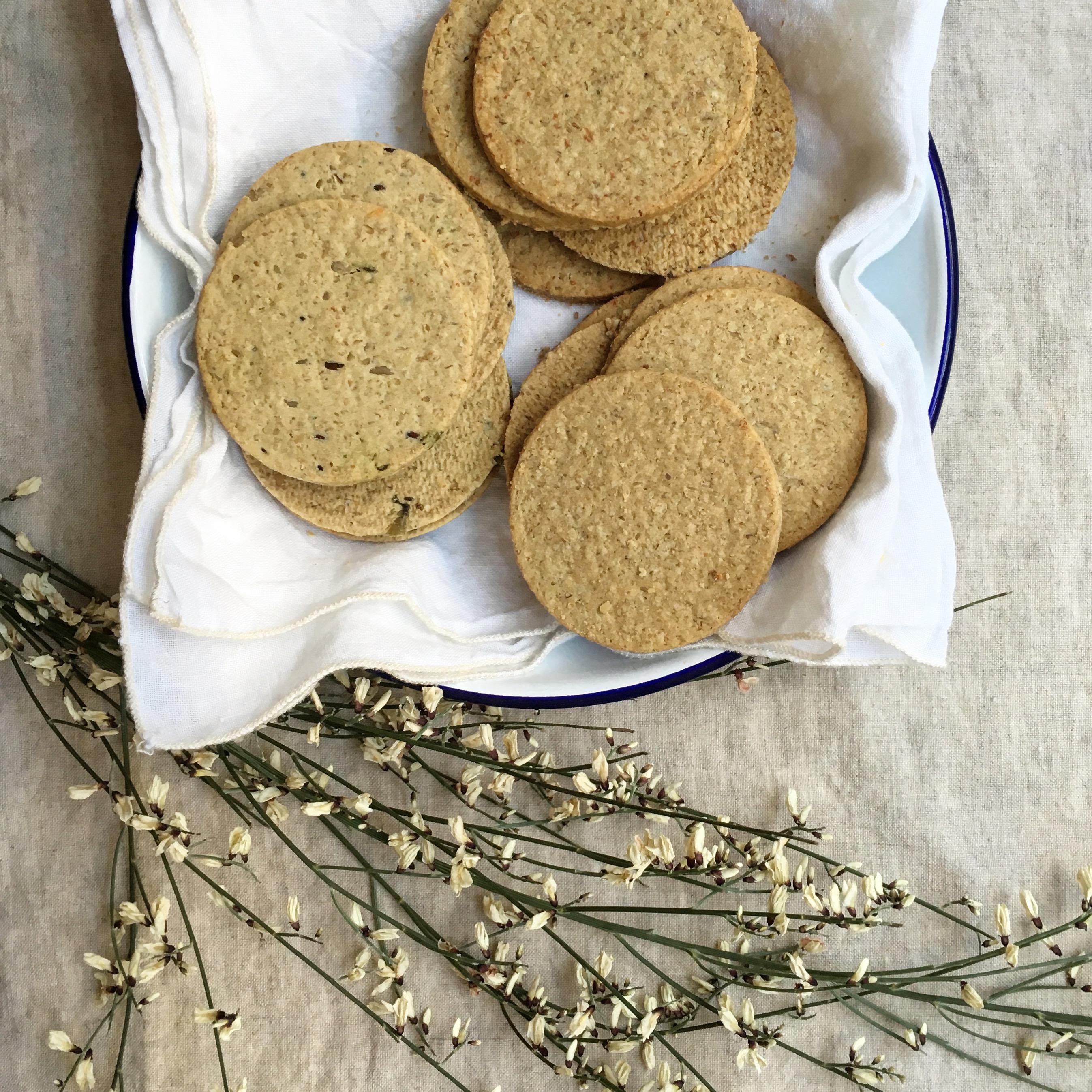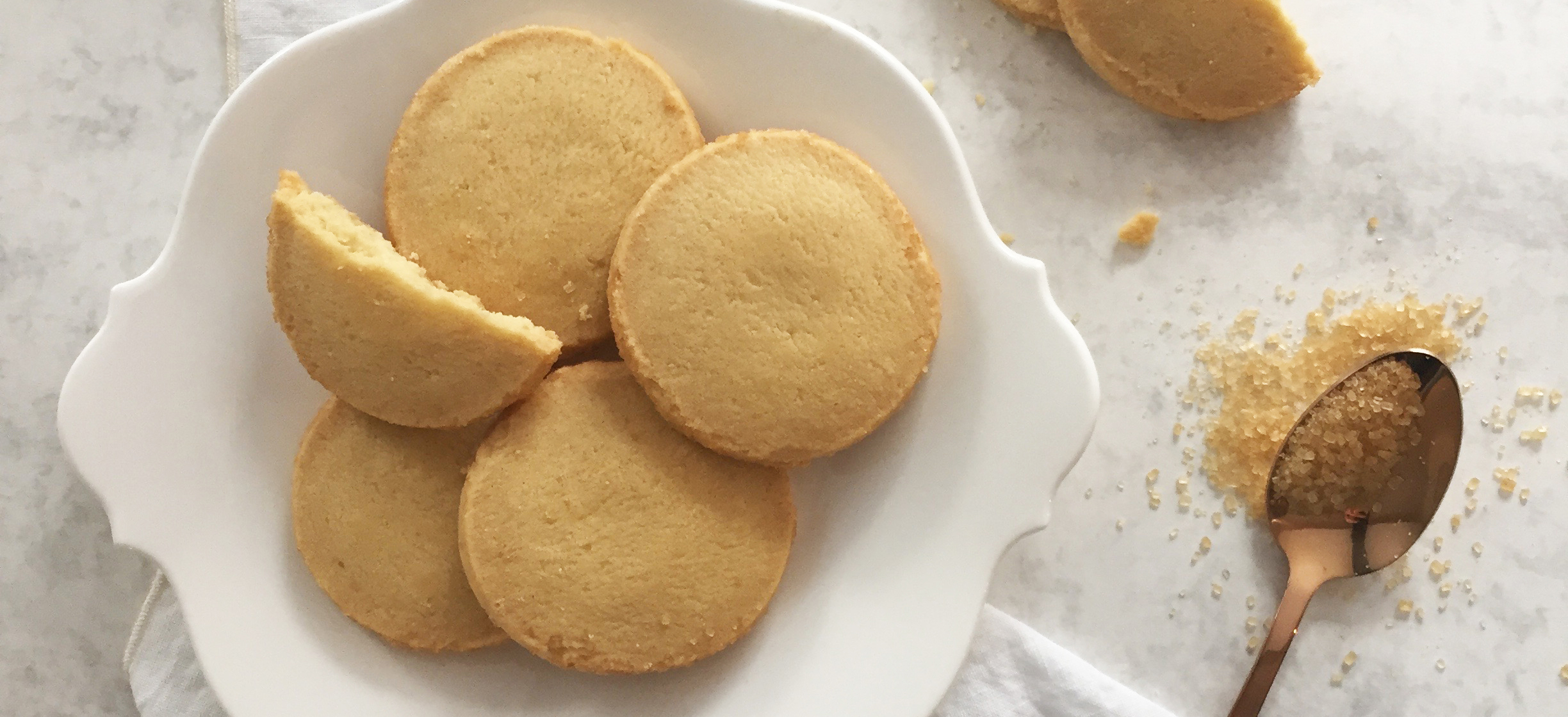Getting Ready for Burns Night
Posted by Michael Mortimer on 12th Jan 2018
Of all the annual celebrations here in Bonnie Scotland, Burns Night is a real highlight.
It is celebrated on 25th January every year in homage to Scottish poet and national bard Robert Burns.
GETTING TO KNOW ‘RABBIE’ BURNS
Robert Burns, or ‘Rabbie’ Burns as we like to call him in Scotland, was a Scottish poet and lyricist from Ayrshire and lived from 25th January 1759 to 21st July 1796, hence why we celebrate his life and work annually on the 25th January.
He is widely known to this day as the ‘National Poet of Scotland’ and his life and work is celebrated across the world. His influence has long been strong on Scottish literature and he was chosen as the Greatest Scot by his fellow public nation in 2009.
A lot of you will recognise some of his best pieces of work, including poems such as “Auld Lang Syne” which is also a song and is sung at Hogmanay [New Year’s Eve]. If you are not too familiar with the song and the meaning of the lyrics, we have shared it for you below…
Other poems and songs of Robert’s that remain well known today include " A Man's a Man for A' That", "To a Mouse", and "Tam o' Shanter".
Another famous poem that ‘Rabbie’ wrote was “ Address to a Haggis". Also known as “Ode to the Haggis”, this poem is a key part of the Burns Supper.
BURNS NIGHT TRADITIONS
Whether enjoying your Burns Supper at home with family and friends, or attending a Burns event across the world, let’s take a look at some of the most iconic Burns Night Traditions.
Piping in guests
This one is a must if you are hosting or attending a big Burns Night celebration.
Formally, an audience would stand to welcome arriving guests to the event, and the piper would play until everyone was in position to be seated. Normally a round of applause is then due!
The Selkirk Grace
A short grace is then read to begin the ushering of the meal, entitled "The Selkirk Grace".
Recited as follows…
Some hae meat and canna eat,
And some wad eat that want it,
But we hae meat, and we can eat,
Sae let the Lord be thankit.
Piping in the Haggis / Address to a Haggis
The most ceremonial part of the evening is the Piping [Parade] of the Haggis. The dinner’s centre piece, the haggis [known as ‘the great chieftain o’ the puddin’ race’], should then be presented on a silver platter and carried to the table, accompanied by the person who will address the Haggis and a piper playing a traditional tune.
"Address to a Haggis" is then usually performed with enthusiasm and passion, with a knife ready to cut the casing along it’s length whilst reading the poem aloud.
His knife see rustic Labour dight,
An cut you up wi ready slight,
Trenching your gushing entrails bright,
Like onie ditch;
And then, O what a glorious sight,
Warm-reekin, rich!
And after a short toast to the Haggis, it is time to serve!
ALL ABOUT THE MENU

The Burns Supper Menu is never up for debate! Traditionally consisting of three iconic Scottish dishes: cock-a-leekie soup, haggis with neeps and tatties, and a Scottish dessert of cranachan, clootie dumpling or tipsy laird for pudding. This is often followed by oatcakes and cheese.
The first course is the soup dish. Cock-a-leekie soup is made with leeks and chicken. Some like accompaniments with their soup and appreciate a selection of bread, or some thick and crunchy wholegrain oatcakes served on the side.

The main course is next, Haggis with ‘bashit’ Neeps [Turnip] and ‘mashed’ Tatties [Potatoes]. Haggis is known as a type of savoury pudding that combines meat with oatmeal, onions, salt and spices.
We can sympathise that it may not look the most delightful dish there is, but we can no doubt confirm that it really is scrumptious!
Time for pudding… Cranachan is another traditional Scottish dish and is often accompanied with Shortbread on the side. Cranachan is usually made from a mixture of whipped cream, whisky, honey and fresh raspberries, with toasted oatmeal soaked overnight in a little bit of whisky.
If you really want to impress, you could serve the dessert with our delicious Glenfiddich Whisky Shortbread to bring out more of that whisky and honey flavour from the Cranachan!
Alternatively, a scrumptious Clootie Dumpling [a steamed pudding made with fruits and spices] and Typsy Laird [a Scottish sherry trifle] would go down just as well.
Many people then like to finish off the Burns Supper with a wee cheese platter. This consists of the most delicious Scottish cheeses, and can be served with our selection of Scottish Biscuits for Cheese, Three Seed Oatcakes or our iconic Highland Oatcakes.

And while you carry on celebrating through the evening, make sure you accompany your wee dram with some Walkers Shortbread, the perfect match to our Scottish Highland Whiskies!
In keeping with the theme of the night, you could choose from our Scottish Saltire Keepsake Tin, filled with Thistle Shortbread Rounds or tins from our 'Love Scotland' range - Edinburgh Castle, Nessie or Scottie Dog Keepsake Tins.

 UK
UK US
US